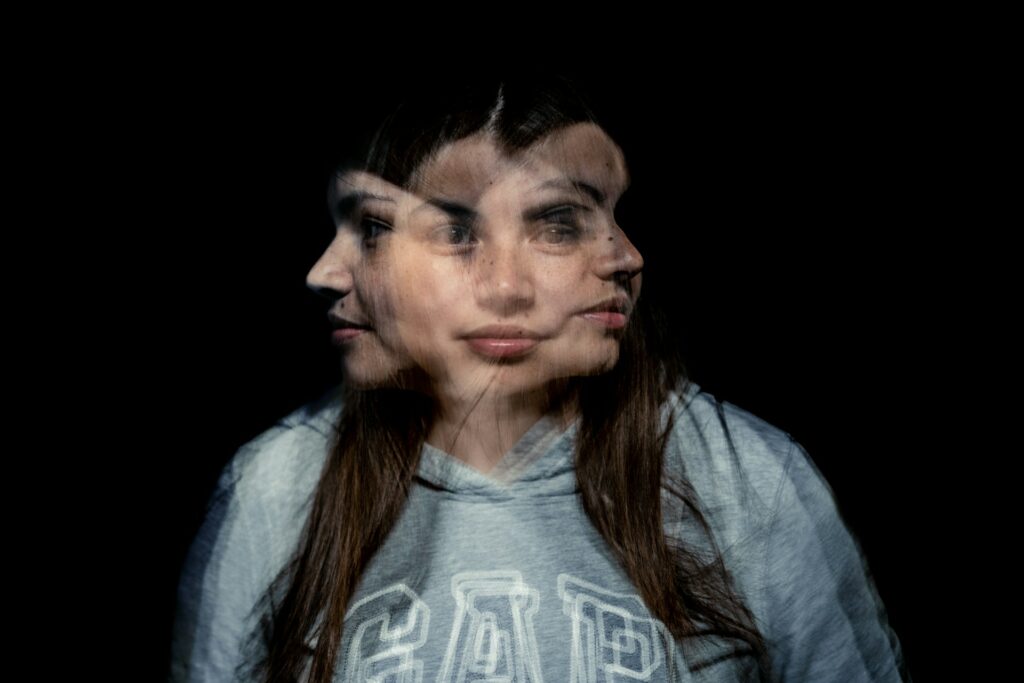The Ethics of Deepfakes: When the Power of $320 billion Artificial Intelligence Silences Reality

The Ethics of Deepfakes: When the Power of $320 billion Artificial Intelligence Silences Reality
Deepfake technology has evolved from an experimental curiosity to a formidable instrument that is impacting media, politics, and business over the course of the previous several years. What was once a novelty and was mostly used for enjoyment or the creation of creative memes has now become a component of a worldwide business that is estimated to be worth more than 320 billion dollars. What happens, however, when artificial intelligence-generated material gets so realistic that it starts to mute or replace genuine voices and real stories? This is an unpleasant issue that comes along with the growing expansion of AI systems.
The Potential Benefits and Dangers of Effortless Simulation
At its foundation, deepfake technology is based on powerful artificial intelligence models that are able to produce video, audio, or pictures that are very lifelike. This capacity paves the way for creative innovation, which includes bringing historical personalities “back to life” in documentaries and dubbing films into new languages in a seamless manner. Deep fakes have even been employed by marketing organizations to create tailored advertisements in which well-known celebrities seem to address each viewer on an individual basis.
On the other hand, the same power that makes these applications so intriguing also makes them quite problematic. The line between reality and fabrication becomes more hazy when it is possible to reproduce a person’s face, voice, and mannerisms without obtaining their agreement. In the event that seeing does not always entail believing, what happens to the public’s trust?
When Artificial Intelligence Is Able to Silence Real People
In addition to the fact that deepfakes have the potential to disseminate false information, one of the most concerning elements is that they have the ability to obscure or stifle the voices of genuine people. It is possible that artificial intelligence might be used to make films that are utilized in political situations to discredit opponents by making bogus “confessions” or offensive statements. In the field of journalism, falsified film has the potential to spread more quickly than the truth, which might hinder the public’s capacity to understand what really took place.
Deepfakes have the potential to become a weapon of silencing for underprivileged populations, whose voices often struggle to be heard in the first place. This is because deepfakes have the ability to bury natural testimony underneath an onslaught of synthetic counter-narratives. To put it another way, the danger is not just that technology is advancing faster than regulations; rather, it is that technology is gaining an advantage over authenticity itself.
Concerning the Ethical Conundrum of Consent
Consent is yet another significant ethical difficulty. Even when deepfakes are employed for creative expression or for recreational purposes, the issue of whether or not someone actually owns their digital likeness remains. It is common for deepfake experiments to focus on celebrities and other prominent figures as their primary targets; nevertheless, regular individuals might also be impacted by these experiments. Imagining discovering a video of yourself that was created by artificial intelligence and circulated online, saying or doing things that you never did, and that was created without your consent.
There are still many gaps in the legal landscape. The implementation of laws that particularly target malevolent deepfakes has been enacted in several countries; nevertheless, these rules are having difficulty keeping up with the rate of invention. On the other hand, due to the fact that the internet is a worldwide network, a video that is deleted from one country might nevertheless propagate to other jurisdictions within minutes.
A Fallacy Regarding Technology That Is Neutral
There are many who contend that deepfakes, just like any other technology, are neutral tools whose influence is contingent on the intentions of humans. This perspective runs the danger of oversimplifying the truth, despite the fact that there are applications that are beneficial, creative, and even therapeutic. For example, it can assist stroke victims in regaining their speech by rebuilding their voices.
The technology behind deepfake is now supported by billions of dollars in investments, collaborations with corporations, and very strong infrastructure. It is not only a matter of private individuals doing experiments in their garages; rather, it is a matter of massive systems that are able to generate disinformation that is compelling, scalable, and highly targeted. According to this interpretation, neutrality is a claim that is more difficult to make.
Proceeding in the Direction of Accountability and Transparency
It is not the matter of whether or not we are able to completely eliminate deep fakes; rather, the question is whether or not we are able to include responsibility into the manner in which they are used. The development of detection technologies, the creation of uniform disclosure standards, and the watermarking of material that is created by artificial intelligence are all steps in the correct direction. However, in the end, ethics is about more than just technological solutions; it is about understanding cultural norms and taking responsibility.
The distinction between manufactured and real content is one that content creators, platforms, and even viewers need to learn to identify. Additionally, producers who employ deepfakes, particularly for commercial purposes, have a duty to examine whose image or voice they are appropriating and the reason for doing so.
Truth in the Age of Artificial Intelligence: The Bigger Picture
In a time when digital media is already overwhelming, the emergence of deepfakes offers a broader philosophical question: what will “truth” mean in a future where practically anything can be successfully faked? Deepfakes emerged at a time when digital media was already overwhelming. Either by becoming more dubious of everything or by discovering new techniques to check authenticity, can society adjust to the new circumstances?
Despite the fact that the solutions are not straightforward, it is abundantly evident that the stakes are quite high. The creation of flawless illusions is the foundation of a $320 billion business that has the potential to do much more than just amuse or instruct; it has the ability to mold perceptions, rewrite history, and eventually mute truth itself.




